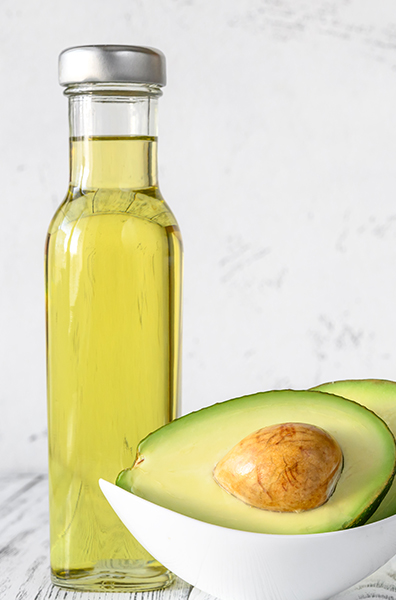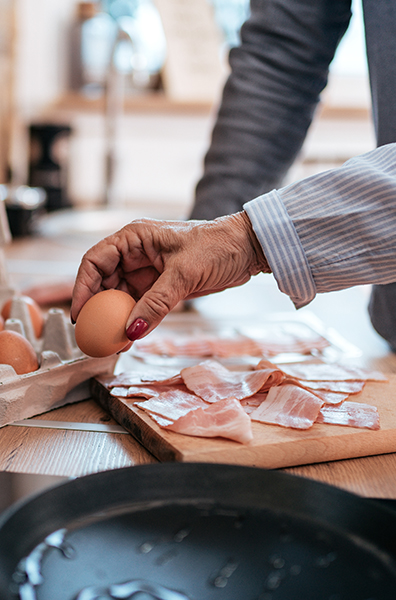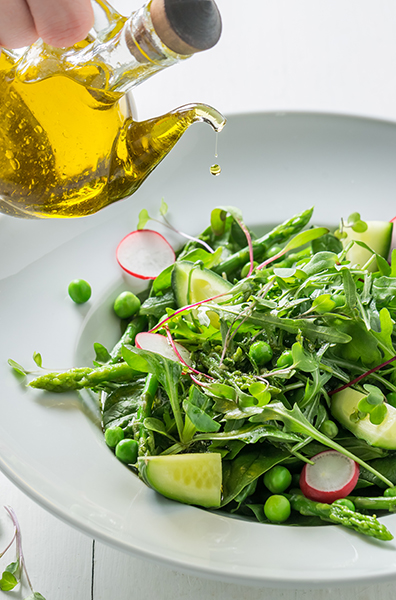What Oil is best in the Kitchen?
Your no-fuss guide to cooking oils, from searing to salad dressing.
Let’s face it — the oil aisle can be confusing.
Avocado oil? Olive oil? Cold-pressed? Neutral? Smoking point? 😵💫
Here’s the good news: you don’t need 12 different oils. You just need to know which oil does what, so you can cook confidently, make the most of your ingredients, and avoid burning dinner (or your pan).
This is your Local Fare–approved cheat sheet to help you choose the right oil every time.
First, What’s a Smoke Point?
The smoke point is the temperature where oil starts to burn, smoke, and break down — ruining flavor and nutrition.
High heat = high smoke point.
Low heat = low smoke point oils welcome.

Best Oil for High-Heat Cooking
Searing, Roasting, Grilling
You need neutral oils with a high smoke point so they won’t burn or go bitter.
Best Choices:
Avocado oil (refined):
→ Smoke point ~500°F
→ Clean, buttery, and stable — my go-to for sheet pans, stir-fry, and steak night.
Grapeseed oil:
→ Smoke point ~420°F
→ Great for hot pans, plus mild flavor for frying or sautéing.
Canola oil:
→ Smoke point ~400°F
→ Budget-friendly, neutral — fine for roasting veg or shallow frying.
Chef’s Tip: Save your fancy oils for finishing — not the oven.

Best Oil for Med-Heat Cooking
Sautéing, Scrambling, Baking
You’ve got a little more wiggle room here — you want balanced flavor and stability.
Best Choices:
Light olive oil (not extra virgin):
→ Smoke point ~465°F
→ Good for daily use — sautéing greens, eggs, or quick-cooking veggies.
Coconut oil:
→ Smoke point ~350°F
→ Distinct flavor — great in baked goods, curries, or for a tropical spin.
Sesame oil (light):
→ Smoke point ~410°F
→ Nutty, smooth — lovely in noodle dishes or Asian-inspired stir-fries.
Chef Tip: Avoid toasted sesame oil for heat — it’s a finishing flavor!

Best Oil for Cold Use
Dressings, Dips, Finishing Drizzles
These oils shine in raw applications or as a finishing touch after cooking.
Best Choices:
Extra Virgin Olive Oil (EVOO):
→ Smoke point ~375°F
→ Bold, grassy, fruity — ideal for vinaigrettes, hummus, drizzling over roasted squash.
Toasted sesame oil:
→ Low smoke point
→ A few drops add instant depth to dressings, rice bowls, or pickled veggies.
Walnut or flaxseed oil:
→ Super delicate
→ Use only raw (store in fridge) — perfect for grain bowls or seasonal slaws.
Pro Move: Whisk any of these with lemon juice, mustard, salt, and honey for a no-recipe dressing that slays.

Chef Curry (Left) & Chef Bordeaux (Right)
Chef Bordeaux’s Go-To Oil Guide
You don’t need a million bottles. Here’s what I keep in my kitchen:
Avocado oil → for roasting, grilling, and high-heat searing
Light olive oil → everyday sautéing and baking
EVOO → for dressings, dips, and drizzle
Toasted sesame oil → finishing flavor
Butter or ghee → flavor & browning boost
Final Tips
- Store oils in a cool, dark spot — heat and light degrade quality.
- Buy smaller bottles if you cook less often — fresher is better.
- Sniff your oil — if it smells “off,” toss it.
- Choosing the right oil doesn’t have to be complicated.
- Start with your cooking method, match the heat level, and build flavor from there. Done and done.


